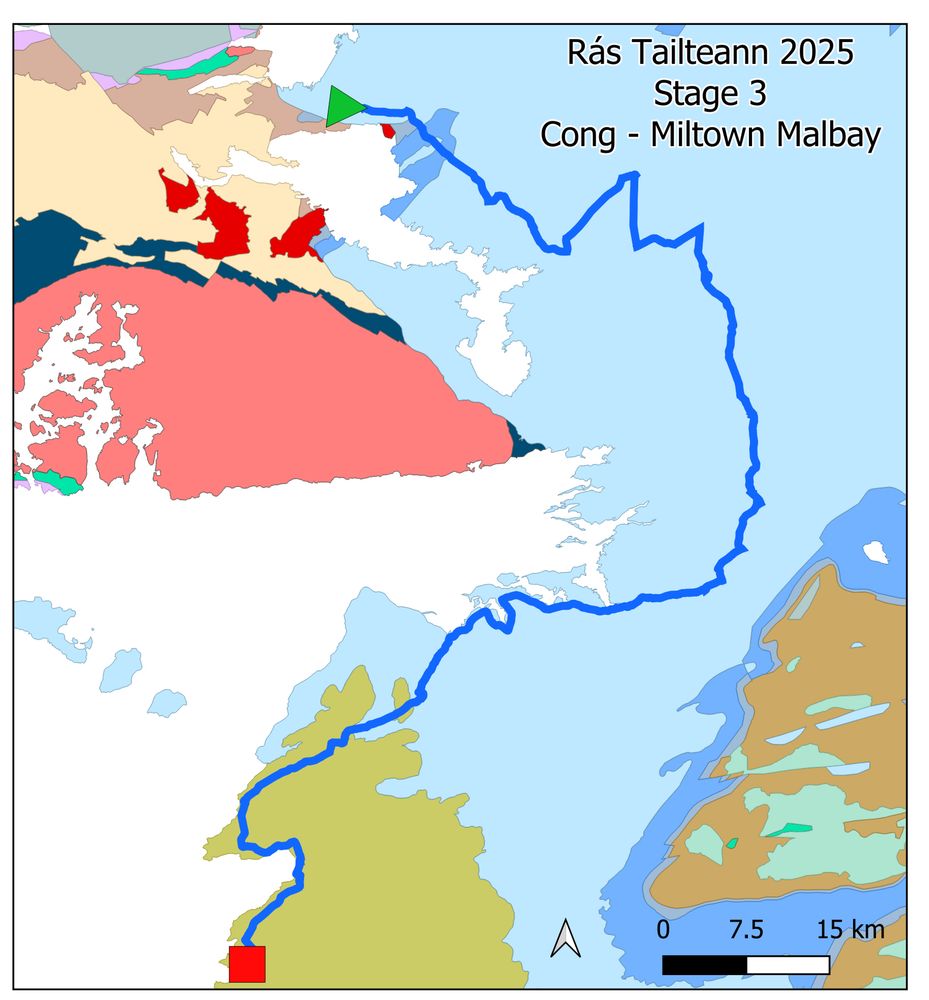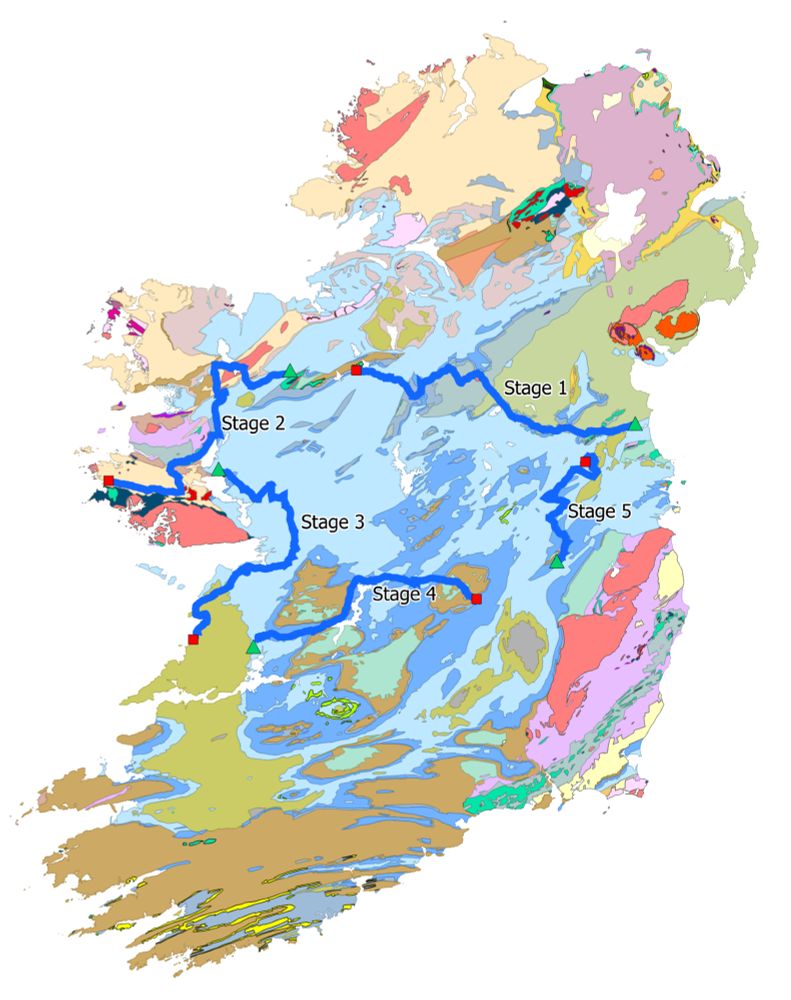/ 'Sadhbh' rhymes with 'Five'



Today’s final stage of the Rás takes the peloton from Kildare to Bective, across the rich grasslands (where it’s not Dublin commuter belt) of Counties Kildare and Meath

Today’s final stage of the Rás takes the peloton from Kildare to Bective, across the rich grasslands (where it’s not Dublin commuter belt) of Counties Kildare and Meath













www.joycecountrygeoparkproject.ie
www.burrengeopark.ie

www.joycecountrygeoparkproject.ie
www.burrengeopark.ie




joycecountrygeoparkproject.ie/en/attractio...

joycecountrygeoparkproject.ie/en/attractio...
joycecountrygeoparkproject.ie/en/attractio...

joycecountrygeoparkproject.ie/en/attractio...

Starting in Charlestown in Co Mayo, the initial route west, brings them off limestone (blue) and onto much older rocks (yellow and red).

Starting in Charlestown in Co Mayo, the initial route west, brings them off limestone (blue) and onto much older rocks (yellow and red).












